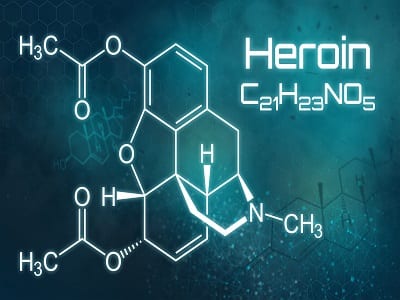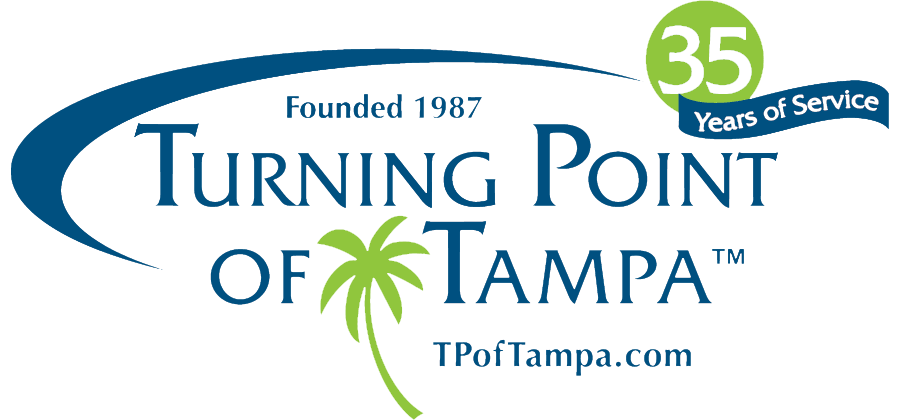Heroin is an illegal opioid drug that is highly addictive and widely abused. The drug is made from morphine, which is extracted from specific varieties of the poppy plant. Because heroin is fast acting and delivers an intense sense of euphoria, users can become quickly addicted.
Under the Controlled Substances Act, heroin is classified as a Schedule I substance, meaning it has a high potential for abuse. There is currently no accepted medical use for the drug.
Synthetic forms of heroin are man-made opioid drugs, which are synthesized in labs and do not contain morphine. These “designer” drugs are analogues, meaning they mimic the effects of heroin, but may have unexpected, possibly deadly, side effects.
Manufacturers of synthetic drugs alter the formula so as not to include illegal substances, in an attempt to evade prosecution for selling their product. However, some states, including Florida, have rewritten their Controlled Substances Act in order to make it easier to classify synthetic drugs as illegal.
Risks of Heroin Use
Heroin is typically injected, smoked or snorted. Upon use, the drug quickly enters the brain and binds to opioid receptors in areas that control pleasure, pain, breathing, heart rate, and sleep. Continued use of heroin may permanently damage the brain’s ability to produce feelings of pleasure naturally.
Heroin users say the drug delivers an immediate rush of euphoria and a heaviness in the extremities, and then a dreamy state of alternating sleep and wakefulness.
Potential life-threatening effects of heroin use may include a dangerous suppression of heart rate, blood pressure and breathing, which can lead to coma, heart failure, brain damage or death.
Heroin can severely damage multiple life-sustaining organs and functions of the body including:
- Kidneys and liver
- Heart: can cause an infection of the heart lining and valves, arrhythmia, meaning the heart beats with an irregular or abnormal rhythm or heart attack
- Lungs: fluid accumulates in the lungs, causing shortness of breath and difficulty breathing, can result in pneumonia, tuberculosis
- Brain: hypoxia, when insufficient oxygen reaches the brain which can cause coma, permanent brain damage, and death
Regular heroin use may also contribute to mental disorders, sexual dysfunction and irregular menstrual cycles for women. For those who inject heroin, additional risks include skin abscesses, collapsed veins and increased risk for blood-borne diseases like HIV/AIDS, Hepatitis B, and Hepatitis C.
A recent CBS News report warns, “Overdoses are now the leading cause of death of Americans under the age of 50. Most of it is tied to heroin or prescription painkillers, often laced with a powerful synthetic opioid known as fentanyl.”
Risks of Synthetic Heroin
Synthetic heroin is used to describe any heroin that is manufactured in a lab. Both fentanyl and the animal sedative carfentanil are commonly referred to as synthetic heroin, and both are far more potent than heroin.
Fentanyl is estimated to be 50-100 times stronger than morphine and can kill a person who touches or accidentally inhales it. Carfentanil may be 10,000 times more potent than morphine. Just a few grains the size of table salt can be lethal. Even regular heroin users can easily overdose on synthetic heroin, as the potency may be much greater than they are used to.
“Between 2013 and 2014, there was a 79 percent increase in deaths related to synthetic opioids, the category under which fentanyl falls,” according to the DEA National Heroin Threat Assessment Summary.
The use of either heroin or synthetic heroin carries immense risks and can be fatal. Because these drugs are illegal, there’s no way to know exactly what the drugs contain and how potent they are. Death rates continue to rise for all opioids, including heroin and synthetic heroin.
Understanding more about these drugs and their risks can help individuals struggling with addiction realize the importance of seeking help.
Turning Point of Tampa has been offering Licensed Residential Treatment for Addiction, Eating Disorders and Dual Diagnosis in Tampa since 1987.



